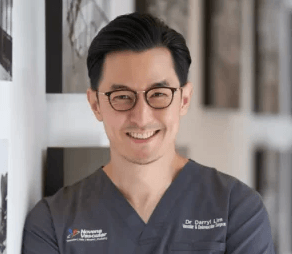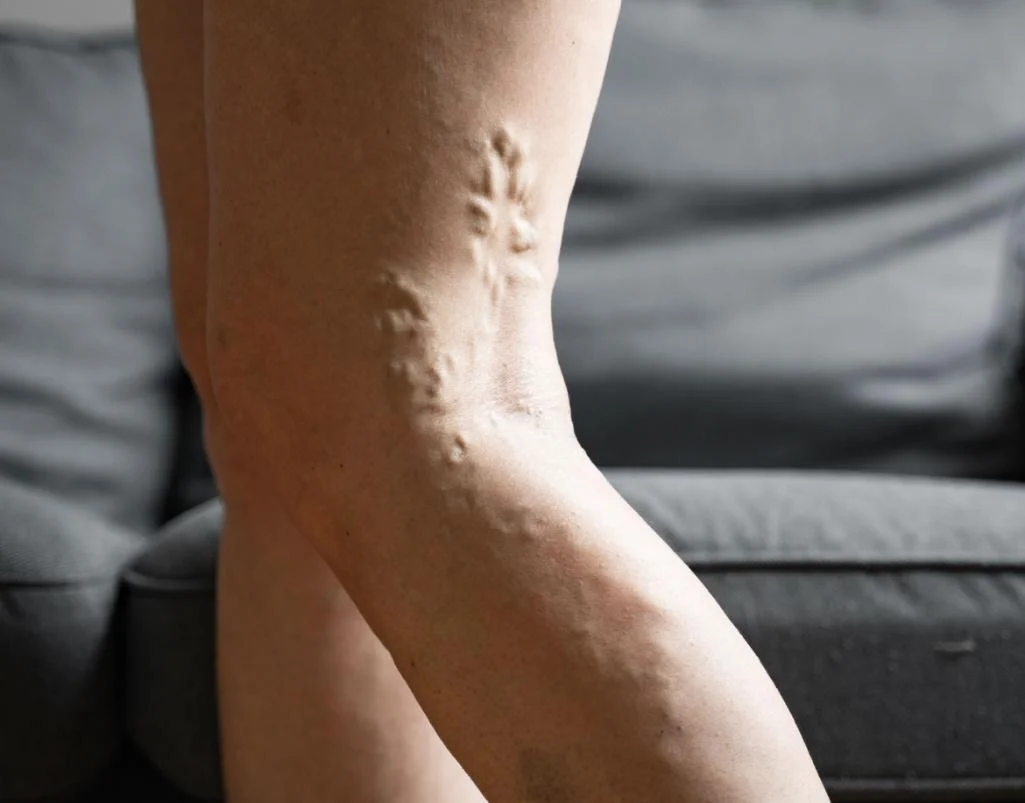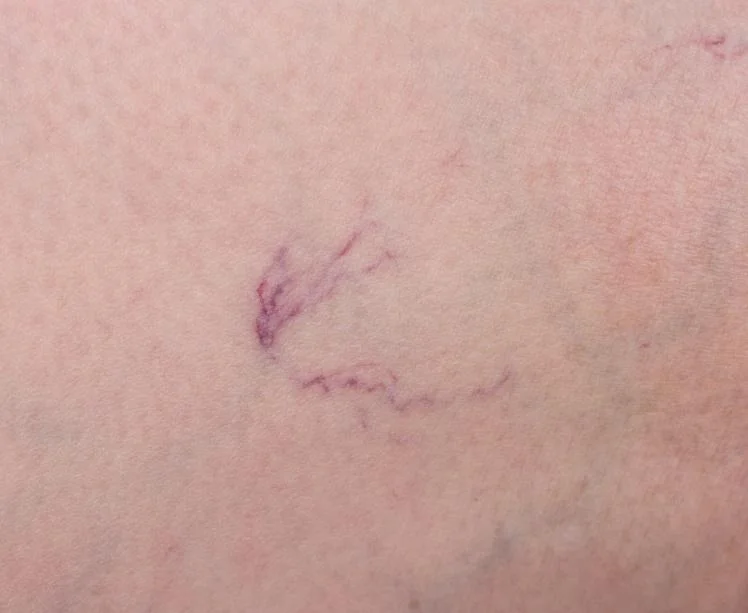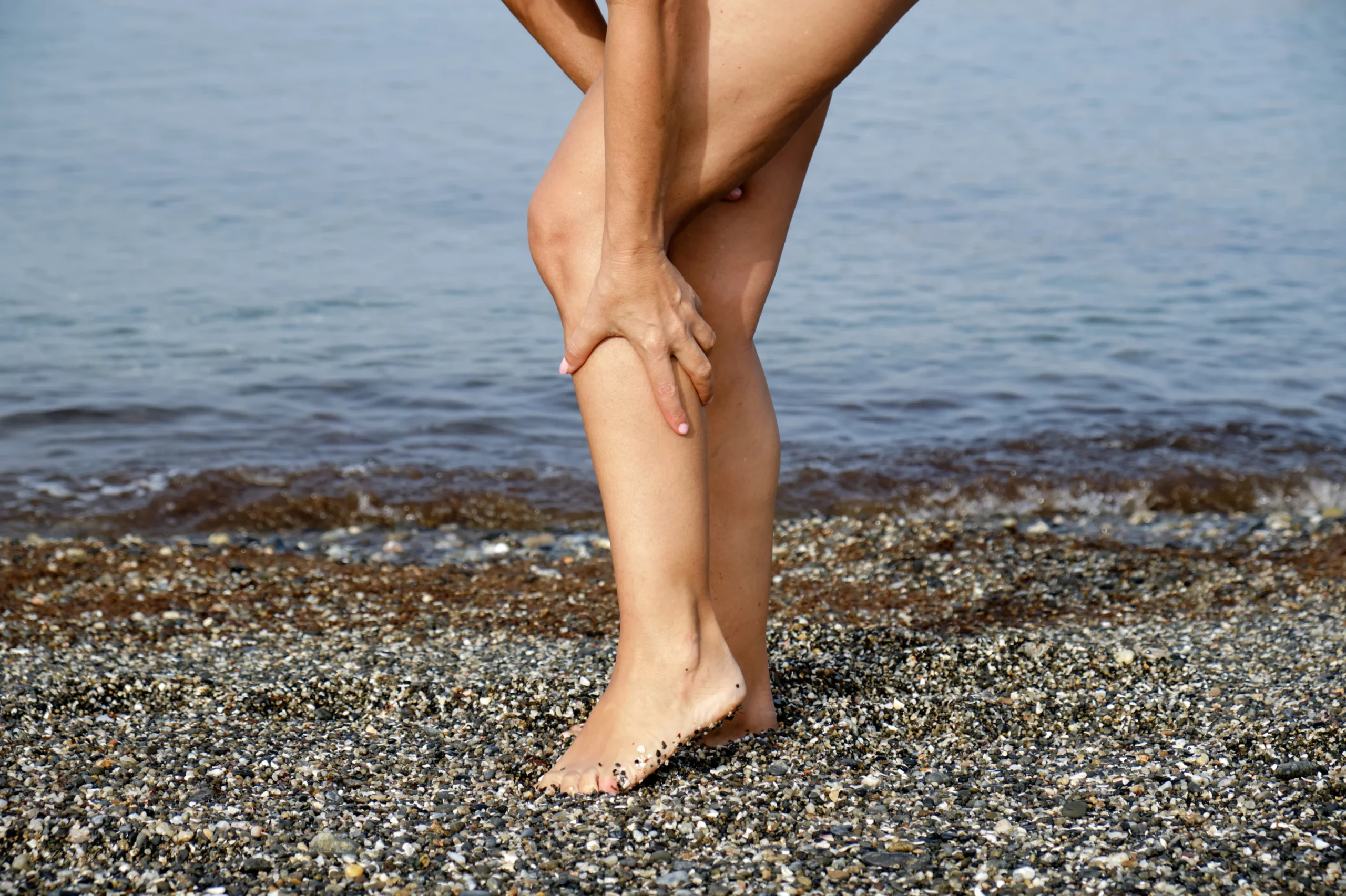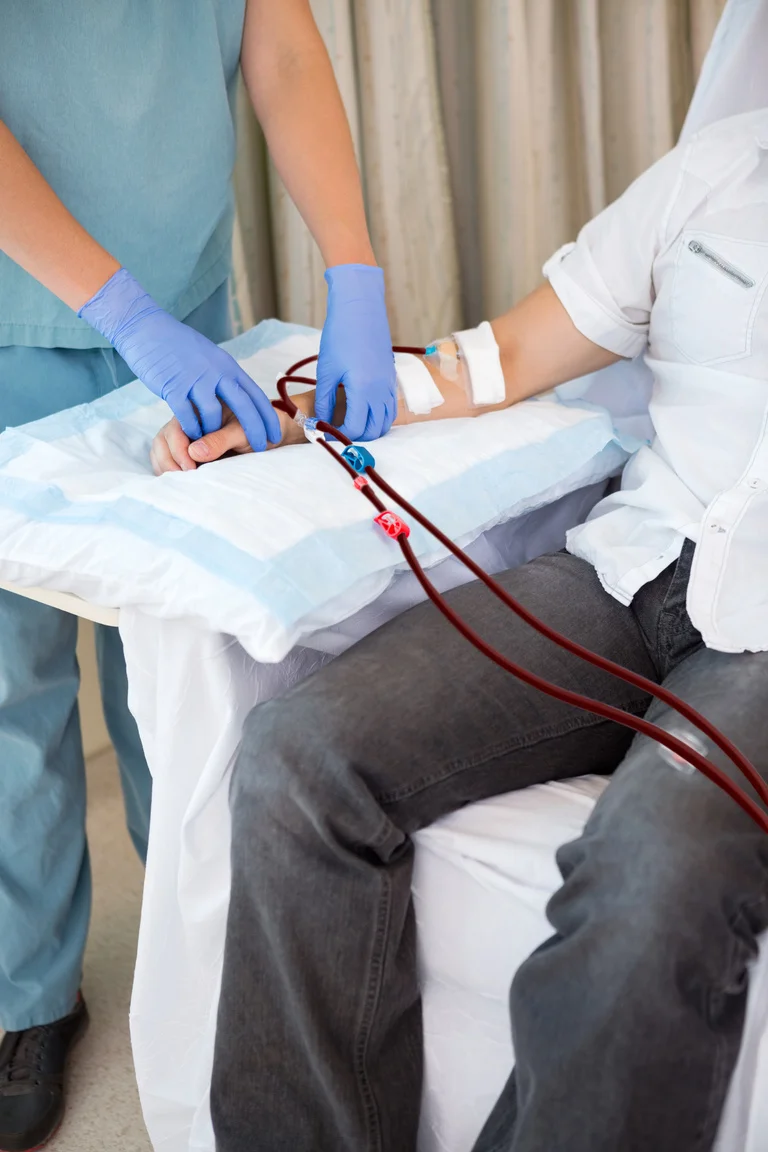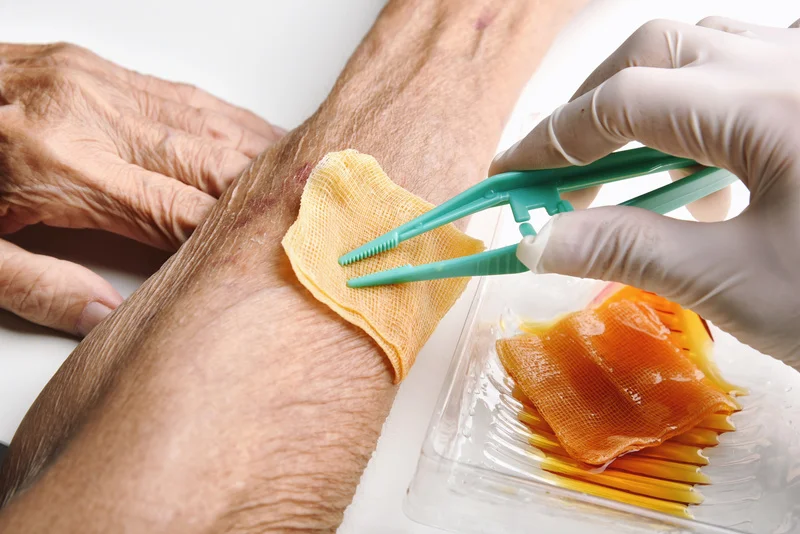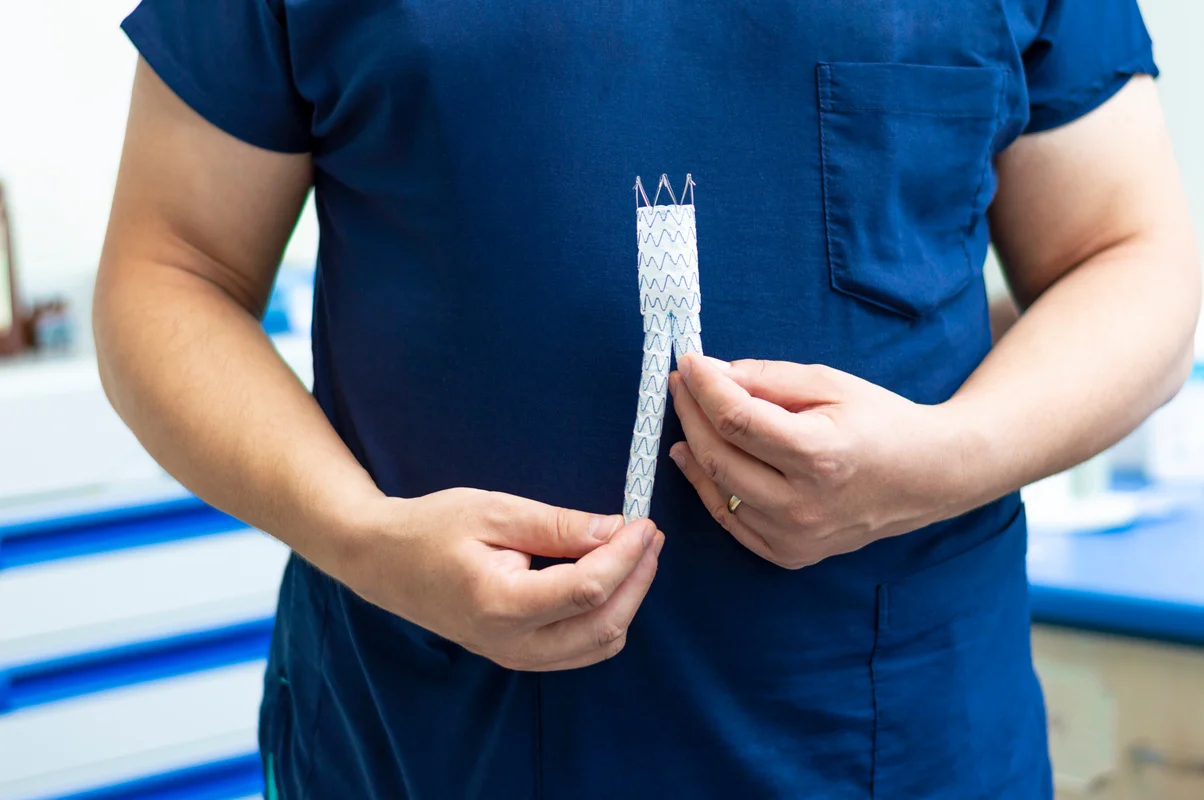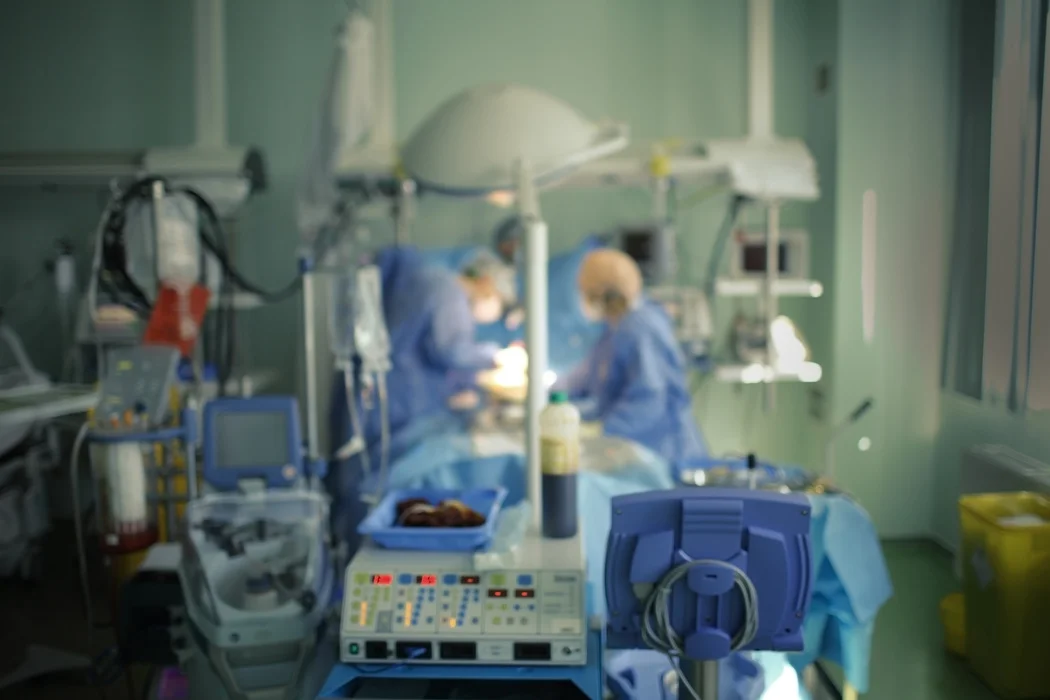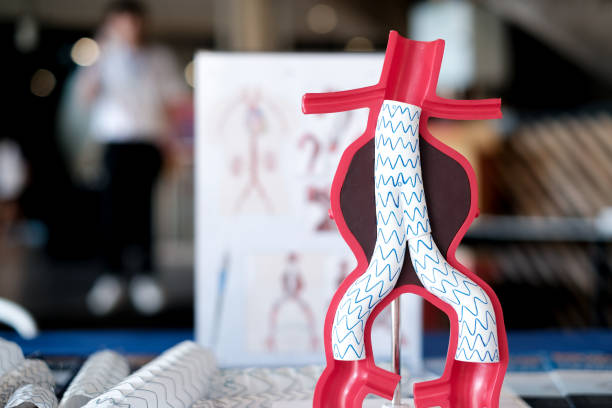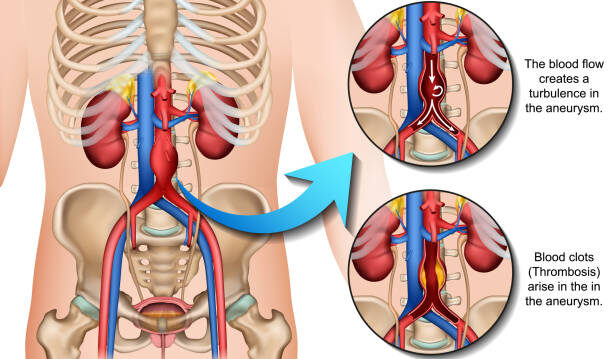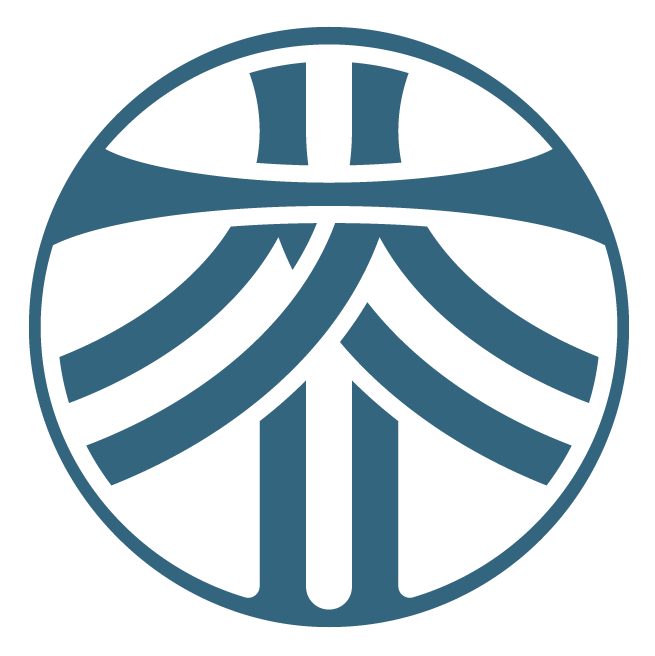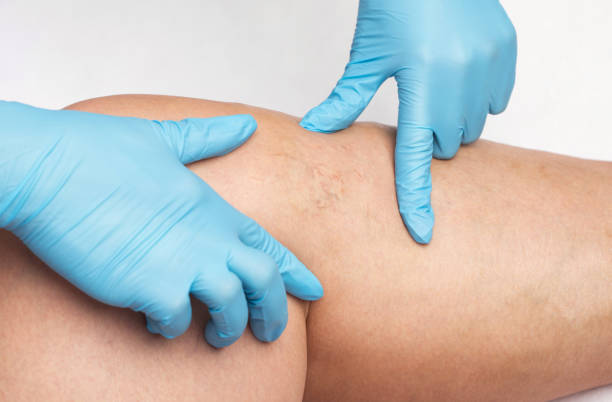
Spider veins are a common vascular concern that can affect both appearance and comfort. These small, thread-like blood vessels often appear on the legs or face, creating red, blue, or purple patterns just beneath the skin’s surface. While they are usually harmless, many people seek treatment to improve their confidence, reduce discomfort, or address underlying circulation issues.
At Dr. Darryl Lim – Vascular and Varicose Vein Specialist, patients receive comprehensive care that focuses not only on effective treatment but also on prevention, ensuring healthier legs and improved long-term vascular health.
What Causes Spider Veins?
Spider veins, medically known as telangiectasias, develop when small blood vessels dilate or when the valves in the veins weaken. This can occur for various reasons. Genetics play a significant role, meaning if your parents or grandparents had vein issues, you may be more prone to them. Hormonal changes, such as those experienced during pregnancy or menopause, can also trigger their development. Other contributing factors include prolonged sitting or standing, which increases pressure in the veins, excessive sun exposure that damages delicate vessel walls, aging, and being overweight.
Prevention Strategies for Spider Veins
While some causes, such as genetics or aging, cannot be controlled, lifestyle changes can significantly lower the risk of developing new spider veins or slow their progression. Regular physical activity improves blood circulation and strengthens the muscles that assist with pumping blood back to the heart. Walking, swimming, and cycling are all excellent options. Maintaining a healthy weight is also important, as excess body weight adds unnecessary strain on the veins.
People who work long hours on their feet or remain seated for extended periods should take short movement breaks every hour to improve circulation. Elevating the legs above heart level during rest can also reduce swelling and pressure. Wearing compression stockings provides gentle, consistent pressure that supports blood flow in the legs. Choosing supportive footwear—particularly low-heeled shoes—encourages natural calf muscle movement, which helps push blood upward. Protecting your skin from excessive sun exposure, especially on the face, can prevent damage to blood vessels. Staying hydrated and eating a diet rich in fiber, antioxidants, and vitamin C also supports vascular health.
When Prevention Is Not Enough
Despite the best preventive efforts, spider veins may still develop, especially in individuals with a genetic predisposition. When that happens, professional medical treatment is the most effective way to restore smoother, healthier-looking skin.
Treatment Options at Dr. Darryl Lim’s Clinic
Sclerotherapy
This treatment is ideal for small to medium-sized spider veins. A medical solution is injected directly into the vein, causing it to collapse and gradually fade. Recovery is quick, and patients can usually return to daily activities immediately.
VeinGogh Ohmic Thermolysis
Ideal treatment method for small and finer spider veins. This technique uses a microburst of high- frequency energy to heat and collapse the problematic veins.
Why Choose Dr. Darryl Lim for Spider Vein Treatment in Singapore
Patients trust Dr. Lim for his combination of advanced medical expertise and compassionate care. He takes time to explain every treatment option and creates tailored plans based on each patient’s needs. Using state-of-the-art diagnostic tools, Dr. Lim ensures accurate assessment and precision in every procedure. His focus on prevention as well as treatment helps patients maintain results and prevent recurrence.
Recovery and Aftercare
Recovery from spider vein treatments is typically fast, with most patients resuming normal activities within a day. Mild bruising or swelling may occur but usually resolves quickly. Wearing compression stockings after treatment can improve results, while avoiding direct sun exposure on treated areas supports healing. Continuing healthy lifestyle habits after treatment helps protect long-term vascular health.
When to Seek Medical Advice
While spider veins are often considered a cosmetic concern, they can sometimes indicate deeper vein problems. If you notice new veins forming, experience discomfort, or see changes in skin appearance, it is important to seek a professional evaluation. Early intervention can prevent complications and improve outcomes.
Concerned About Spider Veins?
Spider veins may seem small but can indicate deeper issues. Discover treatment solutions that improve both appearance and circulation.
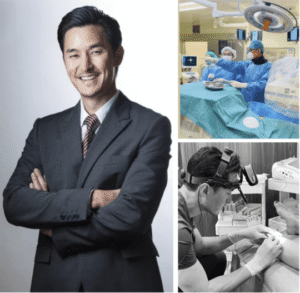
Book Your Consultation Today
At Dr. Darryl Lim – Vascular and Varicose Vein Specialist, every patient receives a personalized care plan designed to address both the visible symptoms and underlying causes of spider veins. Whether your goal is prevention, treatment, or long-term vascular health, Dr. Lim offers the expertise and technology to help you achieve it.

